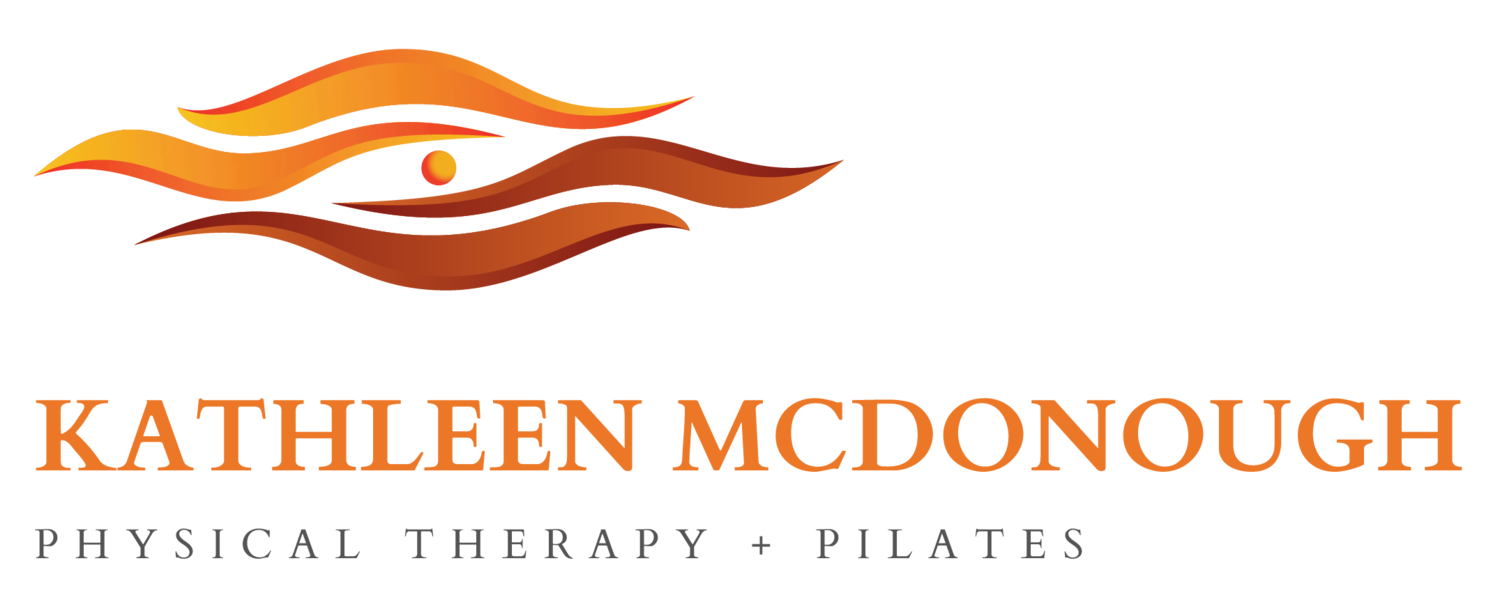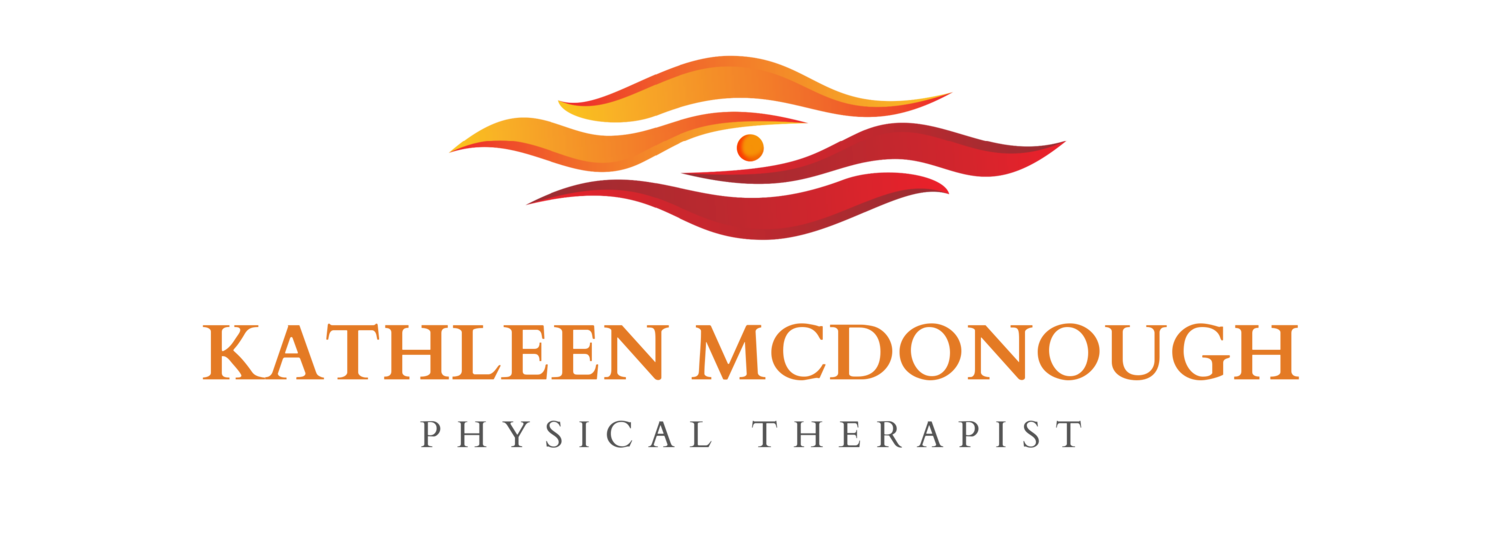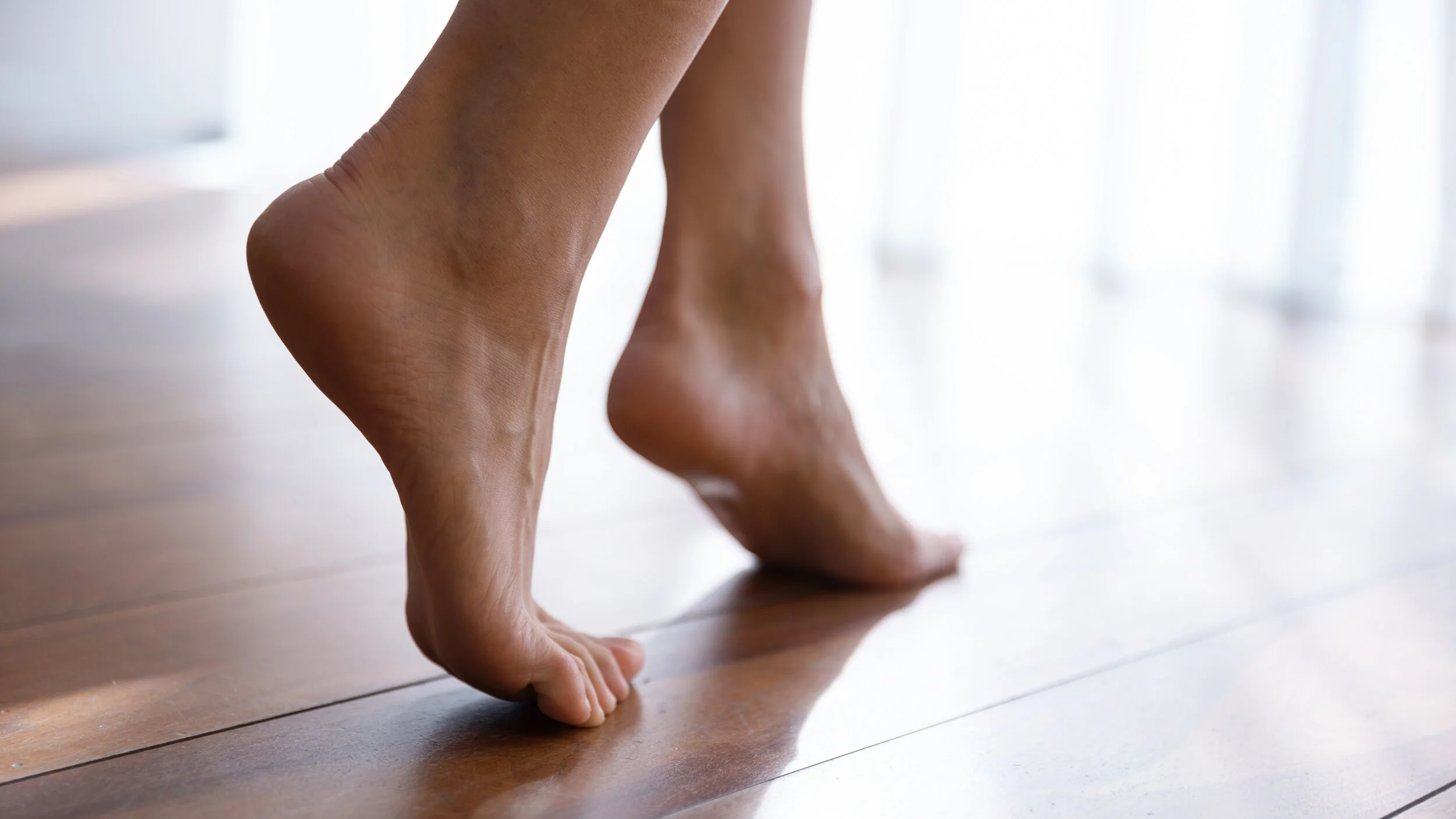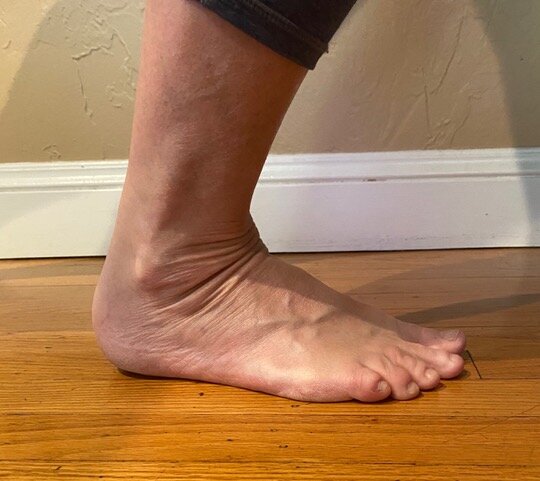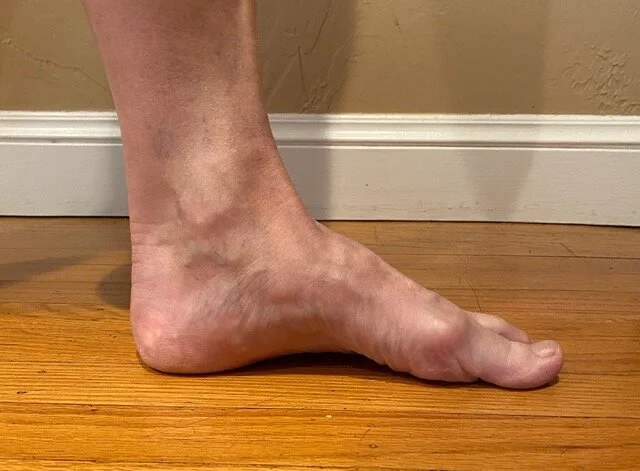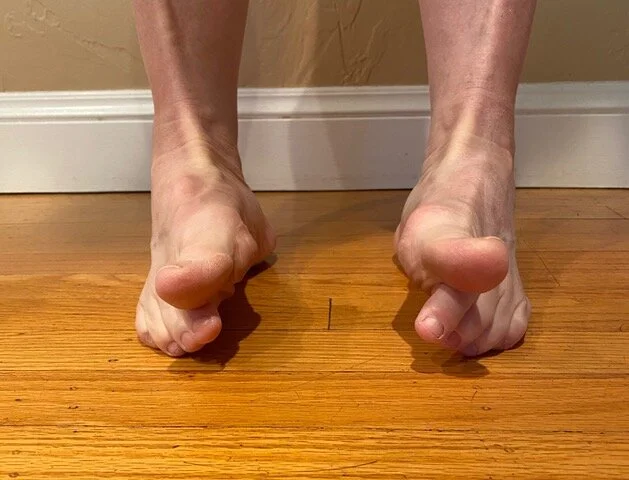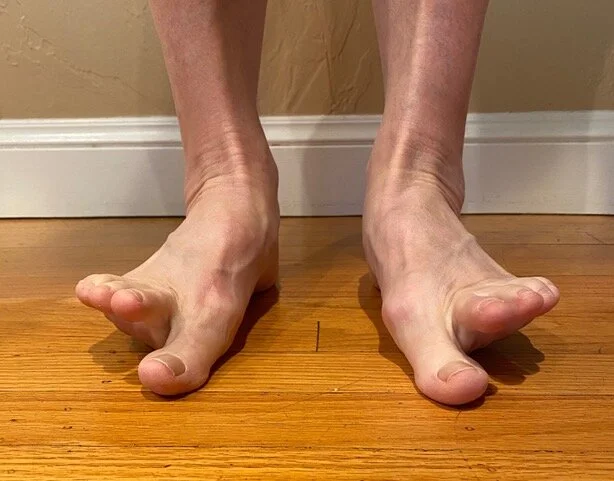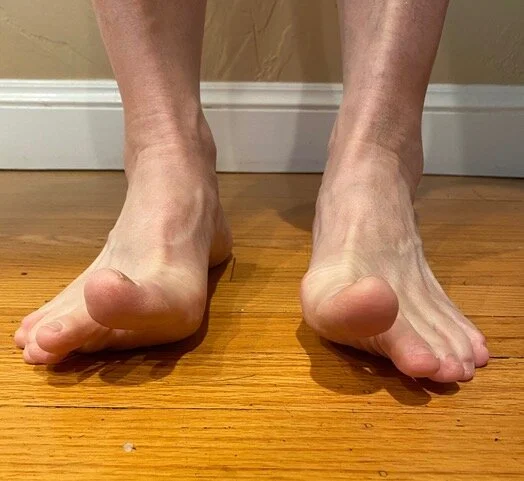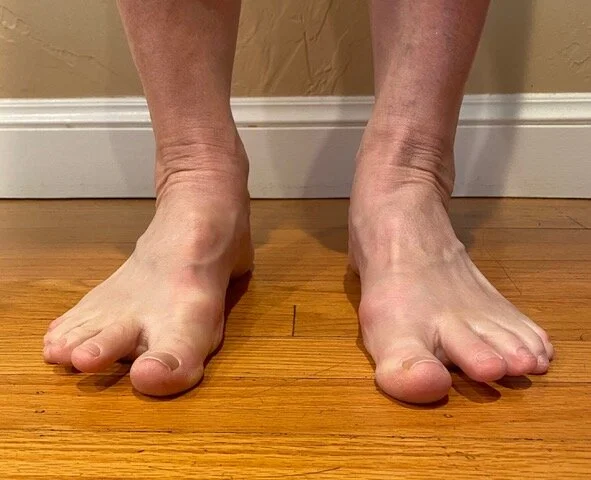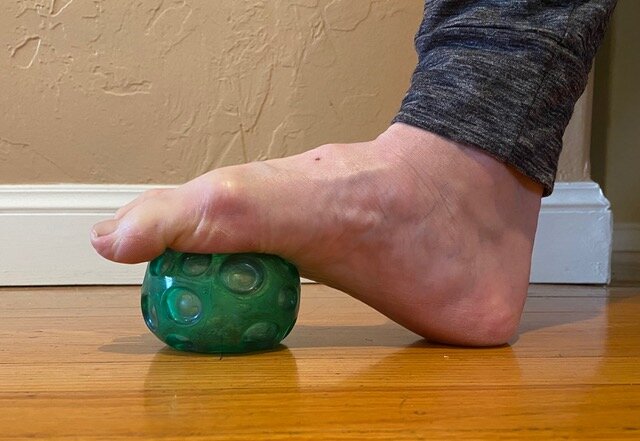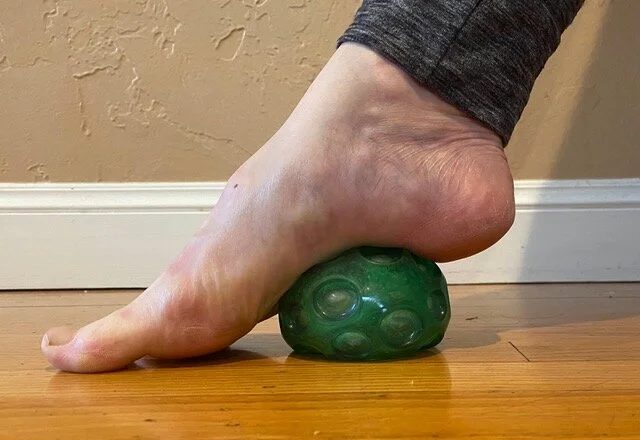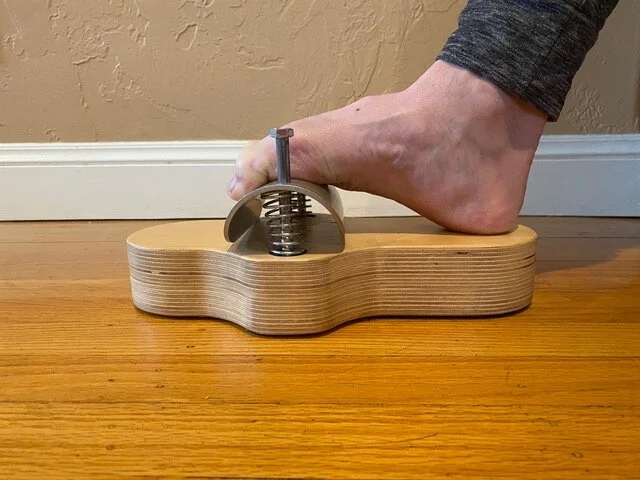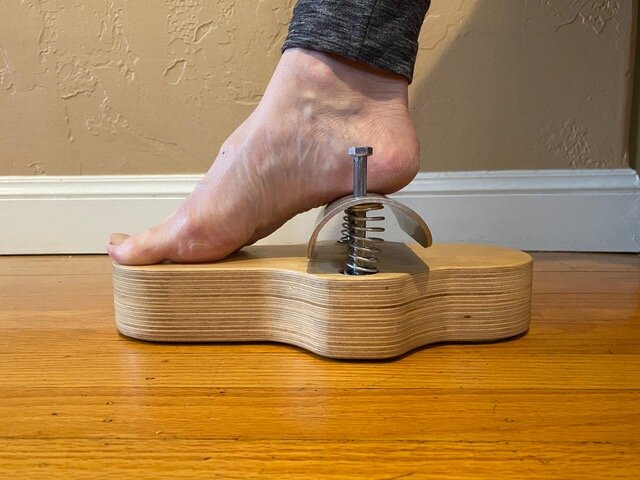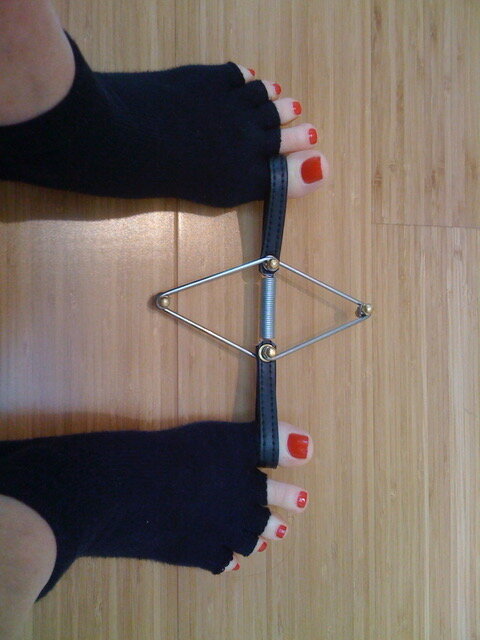Your Fantastic Feet - Treat Them Well
As a physical therapist, I see many people suffering from problems with their feet. A survey from the American Podiatric Medical Association found that 77% of Americans have experienced foot pain. All of the running, walking, and sports we do can be pretty brutal on our feet, yet our feet are vital for our mobility. For this reason, I am going to talk about the feet in a three-part series of articles. I will cover some basics about the feet and will be answering questions such as:
How do our feet function naturally?
How can I help my feet to stop hurting?
Should I try minimal running shoes?
Part 1: The foot is a fantastic “feat” of engineering! Consider this:
Mechanics of the foot during walking and running:
The foot is a chameleon! It must function both as a rigid, stable structure (at heel strike, and at push-off) AND as a mobile, flexible, shock-absorbing structure (during loading and weight transfer), capable of balancing a variety of surfaces and speeds. Even NASA has a hard time designing a robotic foot that can adapt like our wonderful feet can!
What is required for feet to function like the wonders they are?
Normal joint mobility (flexible feet):
The foot and ankle joint complex.
The foot and ankle move in 3 planes: point/flex, toe-in/toe-out, and sole up/sole down. They are NOT a big dumb flipper! Any movement not absorbed in the foot (that should be) is then translated up the leg into the knee. The knee is almost a completely uniplanar joint – it only bends and straightens, like a hinge. If your foot doesn’t have enough flexibility in those 3 planes, abnormal stress will be transferred up to the knee. The stress can then carry up to the hip, Sacro-Iliac joint, low back, and so on.
Dorsiflexion.
Dorsiflexion is the ability to flex your ankle up towards your face, or deeply squat without your heels coming up. Below is a photo of dorsiflexion when weight-bearing.
Limited dorsiflexion is a bi-product of too much desk work and a sedentary lifestyle. We do not squat or otherwise deeply flex our ankles in our daily habits. Also, wearing high heels can cause this problem. When we run or even walk, that lack of deep flexion in our ankles can cause two problems:
It makes us either pick up our foot earlier (which puts an abnormal load on the knee).
We toe out and roll through the arch of our foot with unnatural excessive pronation. This strains the Posterior Tibialis muscle. Or, the strain can be across our big toe joint which contributes to bunions.
Toe extension.
Here is a question you can ask yourself: Can you flex your toes, especially your big toe enough (without rolling over the inside of your big toe?
If not, you might pick up your foot too soon. Picking up your foot too soon puts an abnormal load on the knee or roll through excessive pronation, contributing to bunions.Normal mobility can be affected by restrictions of the joints, muscles, and tendons, and fascial tissue. (Fascial tissue is the connective tissue that holds us together). If you have joint restrictions, you may need the help of a trained manual therapist. A physical therapist can help you get the little spins and glides that are necessary for voluntary movement. Stretching alone will not do this, but joint mobilization will help make stretching more effective. Learning dynamic stretches, as well as static ones can help with muscle restrictions. Soft-tissue / fascial restrictions can be helped by manual work as well. (Physical therapists, osteopaths, chiropractors, massage therapists, and practitioners of Structural Re-integration, aka, the Rolf Method can all be helpful here).
2. Movement and Coordination (what I like to call “smart feet”)
Our feet have 4 layers of muscle in the sole alone, over 100 muscle bellies! It can do just about anything our hands can do. Yet, few of us use all of the wonderful functions our feet have built-in! Our incredible feet were designed to help us balance as we walked over log bridges, climbed trees, and navigated unstable and uneven surfaces. And all this while being for the most part, barefoot. But we don’t do most of those activities anymore. Most of us sit too much and when we do walk, we walk around in restrictive shoes (one physician calls these “sensory deprivation devices”) on cement or asphalt and then wonder why our balance is not good, or why going barefoot, even inside our homes, hurts. We have down-trained our feet, and are not better for it.
We also need the strength of our calves. How much you ask? Well, before I tell you, stand on one foot (you can have a fingertip on something for a little balance support, but not a lot). How many times can you go all the way up on the ball of your foot and all the way down? Now try the other foot. If you don’t have 35-40 calf raises (yes, they get hard and make your calves burn, and yes, your last one will be hard to do!), you don’t have adequate strength to propel you when you run.
Common exercises for helping smarten-up your feet include:
The short foot exercise, aka “doming” the foot (note that I am not gripping my toes!)
2. Working the inner/outer arches and toes
3. Spreading the toes
4. Rolling the foot (I am using a Franklin Ball)
5. Pilates Foot Corrector (this is the Balanced Body Centerline Foot Corrector)
6. Pilates Toe Corrector (aka Joe’s Toe Gismo, this one is by Gratz)
Conclusion
Our feet carry around a lot of weight throughout our lives. They are made to endure a lot of stress. They have the incredible ability to shift from being rigid and stable support to being mobile, flexible, and shock absorbing. However, when they do not function properly for any reason, they need attention and care to repair. Otherwise, their function will diminish over time. As we depend on them so much for our mobility, they are worth the time and effort to get them functioning correctly again!
Stay tuned for Part II of Your Fantastic Feet where I will discuss what is required at the hip – the other major player in walking, jumping, and running.
Sincerely,
Kathleen McDonough, PT, MA, MCPT
Contact Us
